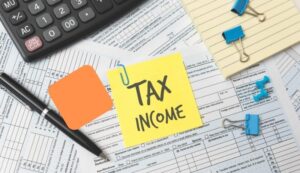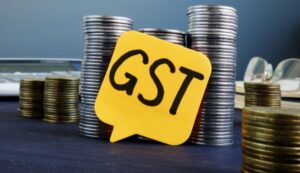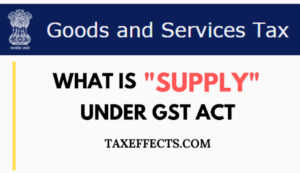
7 Point checklist which must be seen while filing ITR
ITR filing: Individual taxpayers are now required to file income tax returns electronically with an exception of super senior citizens who can file it in
Home » Archives for Admin » Page 3

ITR filing: Individual taxpayers are now required to file income tax returns electronically with an exception of super senior citizens who can file it in

Before coming on the main article, let’s understand why there is a need for invoking such provisions of section 194-IA under income tax act, 1961.

The last step in filing your income tax return (ITR) is to verify it. If you have filed your ITR but have not verified it,

1. What is E-Way Bill? E-Way Bill is an Electronic Way Bill (i.e. Document) for the movement of goods which is to be generated on

The Central Board of Indirect Taxes (CBIC) has notified a New Scheme in GST vide Notification No. 2/2019 Central Tax (Rate), dated March 7, 2019

Budget 2019 has proposed a new Section 194M, which requires an individual or a HUF, to deduct TDS @ 5%, where they make payment

An individual or HUF paying rent of more than Rs 50,000 per month is now required to deduct tax at source (TDS). The government recently

Input tax credit (ITC) is an integral part of the Goods and Services Tax (GST). Chapter-V of CGST Act, 2019 predominantly talks about Input Tax

1. TDS under GST: Who is the Deductor & Deductee? GST Council in its 28th meeting held on 21.07.2018 recommended the introduction of TDS from

Before the introduction of GST Act, there were different kind of taxes over different points e.g. Excise duty on “Manufacturing”, Service Tax on “Provision” of

ITR filing: Individual taxpayers are now required to file income tax returns electronically with an









Before the introduction of GST Act, there were different kind of taxes over different points
It is always the knowledge which makes people empowered. Therefore, our effort through this website is to help others by sharing knowledge which is useful for them.
We provide tax related articles which is useful for various stakeholders starting from Students, Traders, Tax Practitioners, and the public at large.